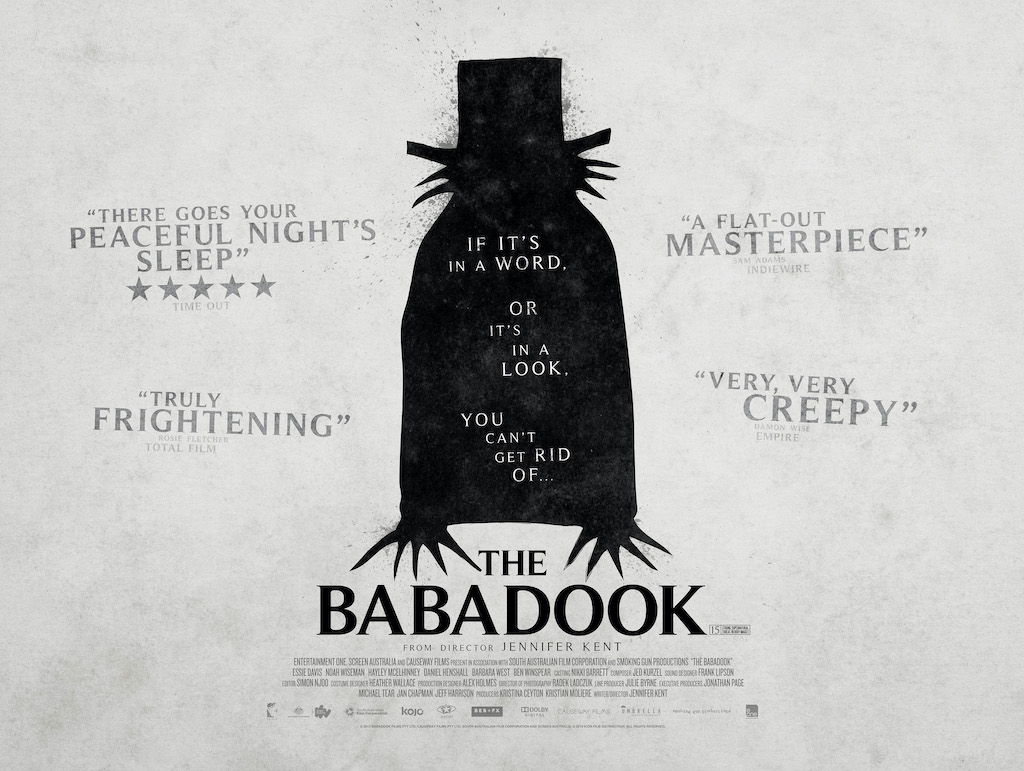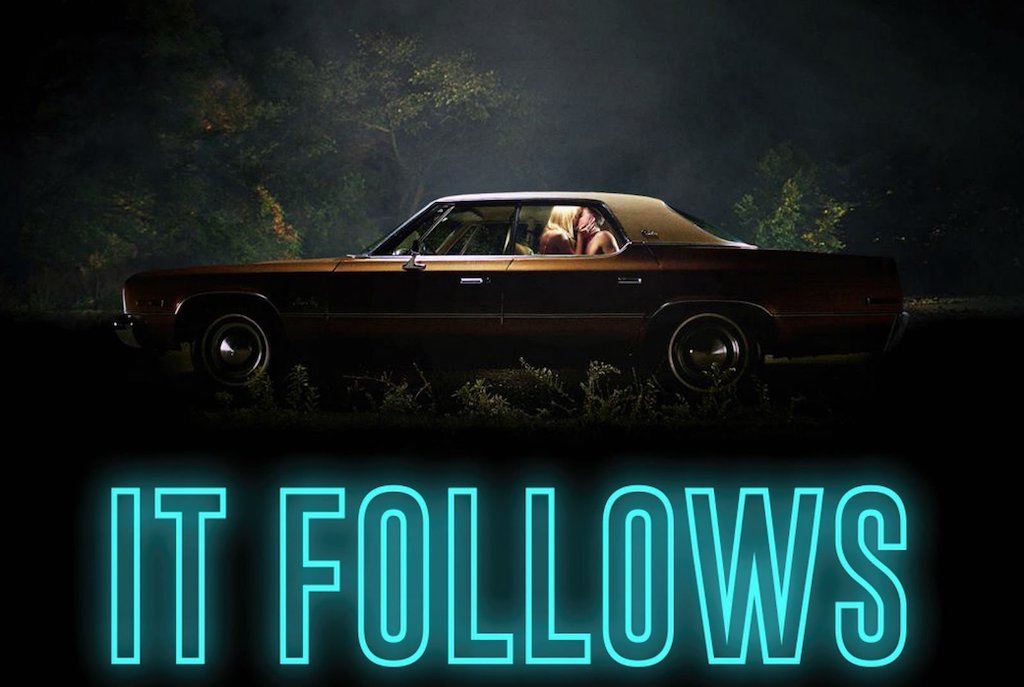The Babadook
The Babadook is a somewhat minimalistic horror film about an overworked, single mother trying to deal with her son’s overactive imagination. One night, to get him to sleep, she starts reading a children’s book to him about Mr. Babadook, which makes the son act up and get convinced that the creature is coming for him. And he might not be as crazy as he seems.
It’s one of the tensest and most chilling movies I have seen in a very long time.
I love how disciplined the production is: they don’t try to get too flashy or fill in performance holes by throwing more characters at them – the movie relies Essie Davis’ amazing characterization, as well as the kid’s expressiveness, to carry it.
Davis’ performance, in particular, is the best I saw from an actress on last year’s crop of movies, and it’s a pity that horror films are still considered a ghetto or she would have had a very fair chance at an Oscar.
I’m more interested in deconstructing the film than in reviewing it, however, so SPOILER WARNING go watch it first then read the rest.

SERIOUSLY, SPOILERS!
Ask several people about how they interpret the ending, and you’ll get different replies. A lot of them are optimistic (or at least positive), mostly taking the happy resolution at face value.
My take is “slightly” less optimistic – the ending is too tidy to fit. It even got me to question what we see in the first act to the movie, and I suspect the son might not be as much of a little brat as it initially makes him up to be.
While at first, I thought The Babadook was nothing but a manifestation of Davis’ character’s frustration and inability to admit she just wants the kid to be gone, I slowly realized as the movie progresses that it’s probably more noxious than that.
The book is hand-written and hand-illustrated. When the boy takes it off the shelf, there are other thick, red-bound hand-made books. We learn almost nothing of her past before the accident, but the one bit we learn at that Stepford Wives birthday party her sister throws is that she used to be a writer: “for magazines… children’s stuff…”
She wrote the book. She made The Babadook up herself and kept the books in the kid’s room on purpose to scare him.
If you consider we see the movie almost entirely through her point of view, we’re actually seeing it through the eyes of an unreliable narrator who has an axe to grind with the child. His behavior might be a difficult kid acting up, but I suspect it gets blown out of proportion by the mother, who is the one projecting the Babadook on the situation.
Notice how when the perspective shifts more towards the son, her mask falls apart and we do start perceiving her as unstable. At that moment, the kid immediately starts coming off as not only rational but very hesitant in the way he approaches her. Since we see the movie from her perspective, that might be the moment she stops lying to herself.
One also has to wonder how much of the son’s behavior is just a defense mechanism of an abused seven-year-old, merely transferring the fear of his own mother to imaginary monsters he has an easier time dealing with. Did you notice how all his contraptions either have to do with either attempting to please and entertain his mother, or are oriented towards self-defense?
The final sequence itself is too idyllic and sudden to be real, and just peppered with enough unreality to call it into question.
- The invisible monster lives in the basement and feeds off worms. The basement was precisely where she kept her husband’s things, the constant reminder that her life could be very different.
- When the invisible monster rushes her, she arches back impossibly, almost like Neo dodging Agent Smith’s bullets.
- She miraculously gets her job back off-screen after disappearing for who knows how long and telling off her boss on the phone. Nothing has changed – she even has the little watch.
- When the two social workers show up, the light and framing make the scene look the same as the “perfect” sanitized scene from her sister’s house.
- Both social workers agree with everything she says, even on the face of the son’s off-beat comments, and commend her on the great school he’s going to. Social workers were supposed to show up a week after the first visit – did she spend four or five days going nuts at the ghostly presence and then got her kid enrolled during the last two?
- Finally, the seven-year-old does a magic trick where he manages to materialize a white dove (a peace symbol, no less) out of nowhere.
For me, that ending is all in her head. Kid’s probably dead in a basement corner.
That’s where the worms come from.
Originally published on my old blog
